Shimano Gravel Alliance rider Sofiane Sehili dives into the complexities of your first gravel bike, unpacking ways to perfect your ultimate gravel bike build to support developing skills, larger distances, and greater challenges.
You may have been following the gravel craze from afar these past 5 years without being sure what to make of it. From the early stages of the big American events culminating into the first UCI Gravel World Championship last year in Italy. You might have been a bit skeptical at the start.
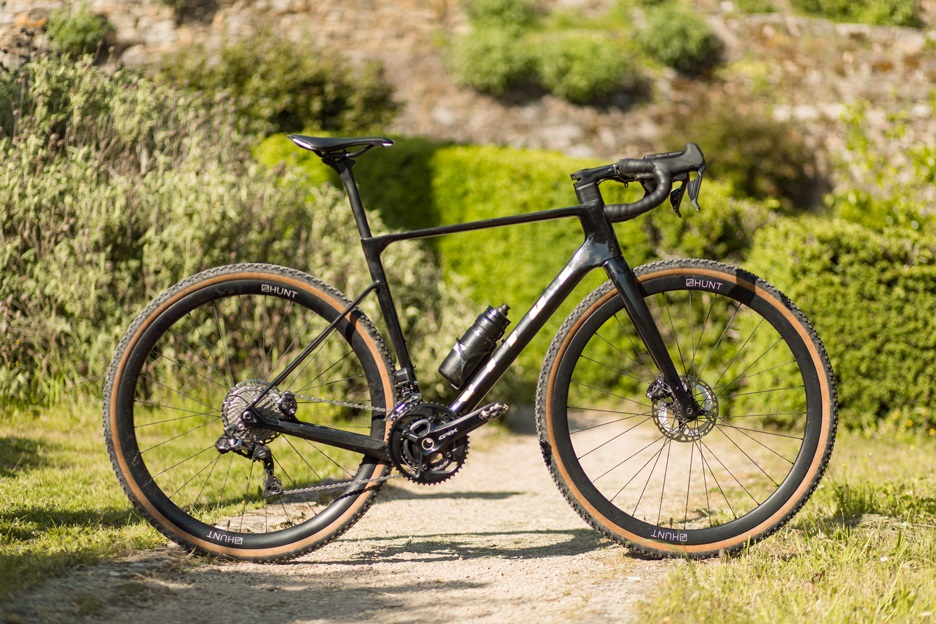
But if you’ve made it this far, you might be interested in taking your gravel experience a little further.
Perhaps you’ve gotten used to the idea of riding with a pair of baggy shorts and a flannel shirt. Of going back home a little muddy or dusty. Of switching from SPD-SL to SPD. You might have realized wider tires are not necessarily slower. Or maybe this is your first serious bike and you want something that can do it all. But most of all, you feel it’s time to steal away from cars and explore the road less traveled. Sparking a sense of adventure and focusing less on the numbers your bike computer throws at you.
Are you ready for your first gravel bike? I’ve been riding ‘dedicated’ gravel bikes for almost 7 years and what I’ve found is that gravel can be anything you want it to be. I’ve done my fair share of off-road races, but for me gravel is less about speed and performance and more about fun and exploration. The drive to escape the city and enjoy fresh air, forests, the big calm of being outdoors.

Be okay with slowing down
One way to prepare for your first gravel bike is to let go of the natural desire to go fast. You’re tackling new terrain, rougher surfaces, so it’s inevitable that your average speed will drop. It doesn’t matter. Try setting up your GPS so as not to show this data and focus entirely on something else. It could be overall ride time, elevation or – if you’re really into training numbers – average power.
If you live in a big city, there’s lots of fun to be had creating your gravel route, perfecting it little by little every time you ride it. I’m always amazed by how much tarmac you can remove from a route using a dash of creativity. Adding bits of gravel here and there feels very gratifying.
Creating the perfect gravel route in an urban environment always gives me a sense of achievement. But you don’t need to live in a sprawling megalopolis to enjoy route planning. Wherever you are, gravel will open up new possibilities.
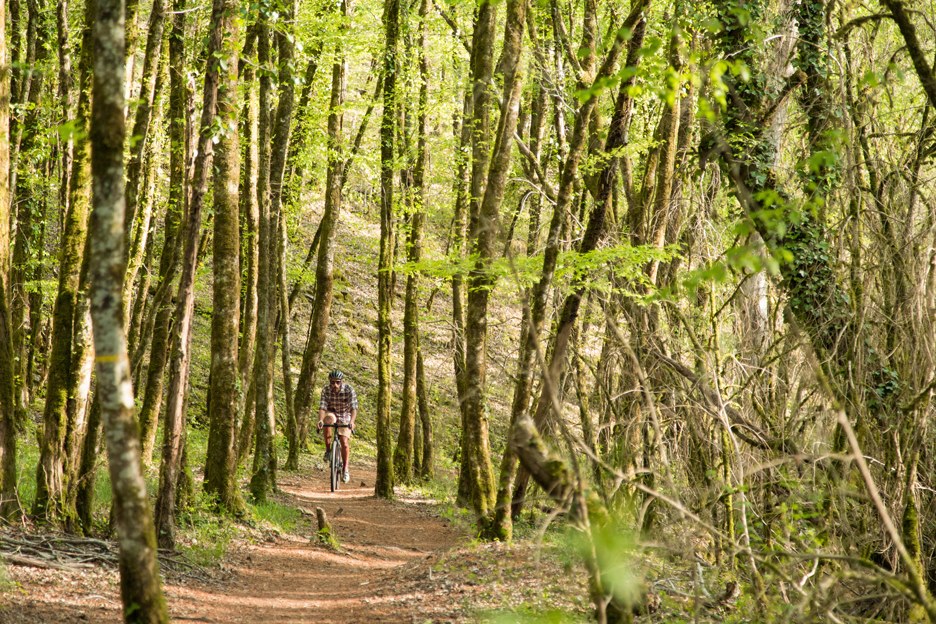
While you wait for your new bike, I can only encourage you to open your favorite route planner for some light research. Spot any cool paths and tracks to ride? Nice areas to explore or corners you’ve not been before? Let’s build up that pre-ride anticipation!

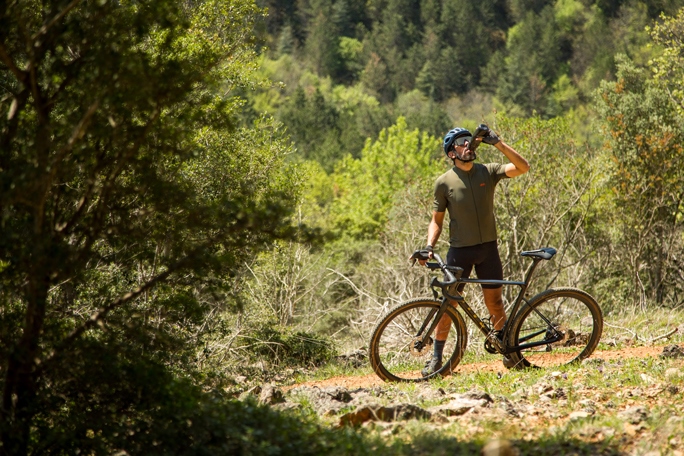
Your bike build
Depending on where you’re going to ride, you may have to go with seriously wide tires. I started gravel riding with relatively skinny 35c’s but the longer I rode, the wider my tires got. I never go narrower than 42 and wouldn’t hesitate widen all the way to 55.
Forget about speed, think instead of the comfort and possibility more rubber has to offer. Perhaps the tracks around your place roll smoothly, swiftly, but what if you want to take your bike on an adventure during a vacation?
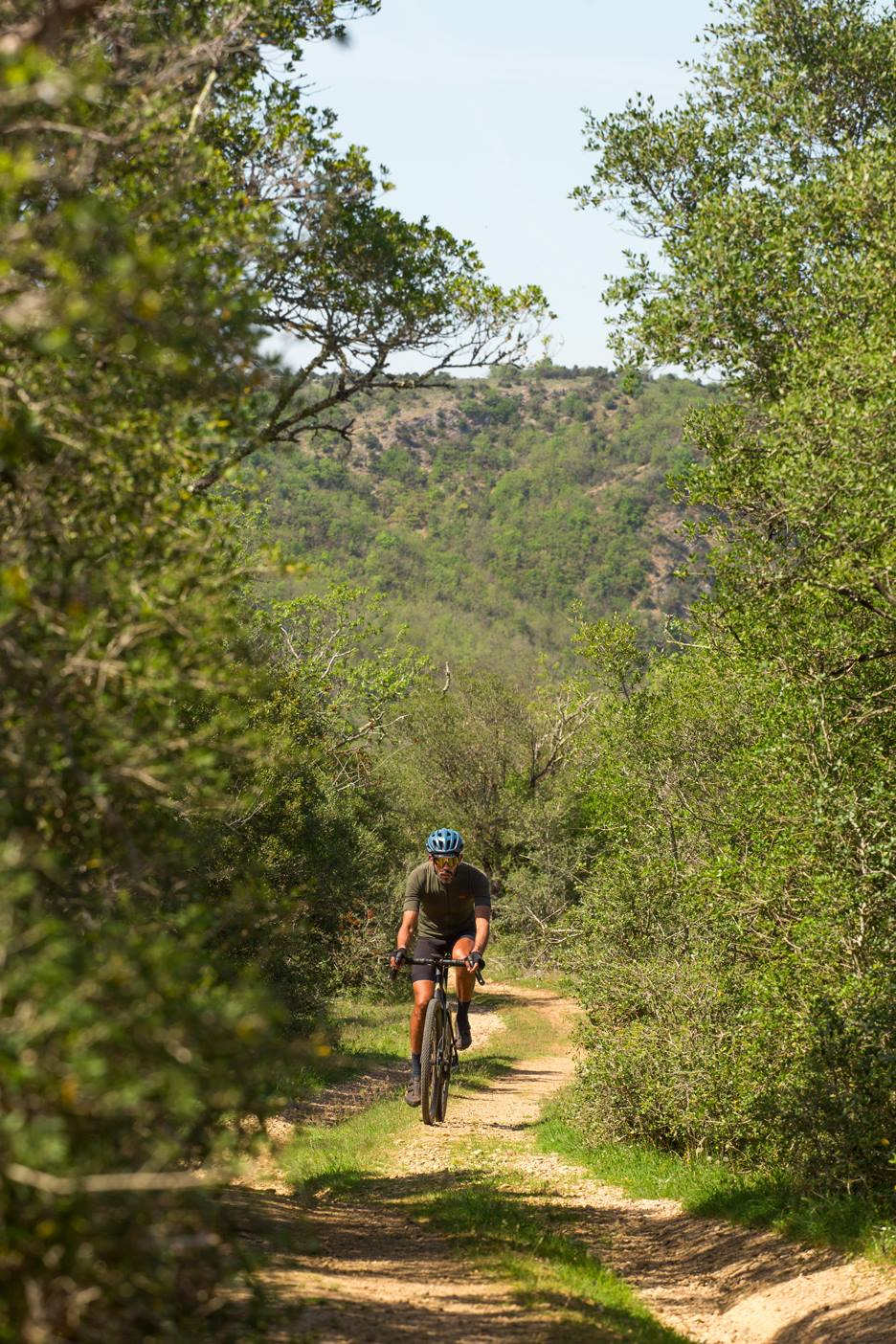
Is your frame the limiting factor?
Oftentimes, your frame can be the limiting factor. If you know the gravel in your area is rough, consider the maximum tire width before committing. Do not hesitate to do some research beyond just reading the description on the website of the manufacturer.
Make sure to leave a bit of space in case you’re in an area that can get muddy. No one likes to stop every 5 minutes to remove built up mud in the fork crown and on the chainstays.
If you fall hard for a certain frame but it doesn’t offer the necessary clearance, you can consider riding 650b wheels and go much wider. For example, my Vitus Substance maxes out at 48mm with 700c, but I can fit 55 mm fine if I go for 650b.
If you’re looking to go full-monster gravel, more and more builds now come with gravel-specific suspension forks. Rockshox released the Rudy, Fox has the 32 TC and MRP revamped its Baxter. With these, there are very few places you won’t be able to go and virtually no terrain that will stop you.
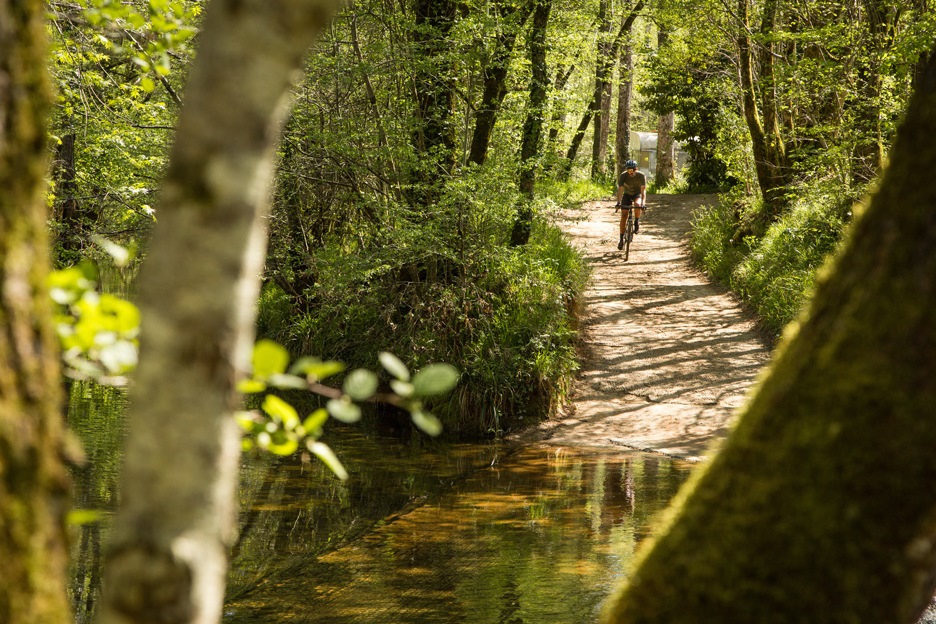
Drivetrain, Flare, Gearing
Next up: the drivetrain. I personally am a big fan of 1x. Primarily because it gives you one less thing to think about when riding. If you live in a hilly area or if you intend to go on bikepacking trips with your rig, I recommend using a double chainring. With a 31T small ring and a 36T big sprocket, you should be able to tackle even the most demanding climbs.
Then there's the question of mechanical or electronic shifting. I come from a bike touring background, so it took me a while to switch to Di2 because I was insistent on putting reliability and repairability above all else.
At first, I used Di2 to race and bikepack close to home, immediately loving how smooth and accurate it was. Gaining confidence, I took it on longer trips, until I finally decided to tour remote parts of Southeast Asia. For almost two years, it has performed so consistently despite the abuse I put it through.
I think deciding between mechanical or electronic shifting is a personal choice. My two cents: There isn't one that is more reliable than the other. They are both well-suited to day rides, races or bikepacking.
Flared handlebars are another anomaly on gravel bikes – this is where your drops are wider than the hoods. And these drops are also usually shallower than on road bike bars. Thanks to the wider stance, flared bars offer more control. The laws of physics are such that the further away your hands are from the stem, the more accurate your steering is. But I also feel that gravel-specific handlebars offer more comfort.

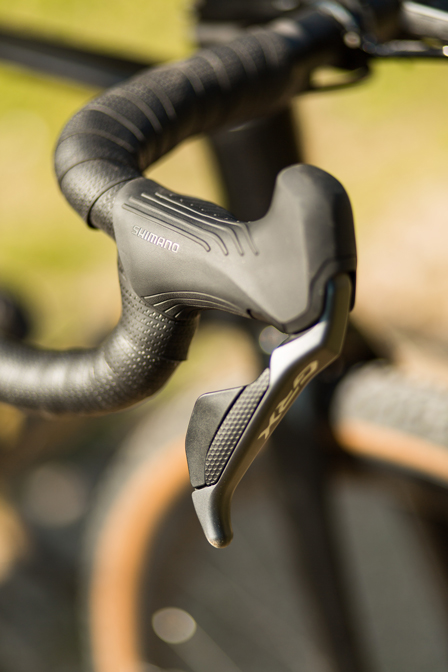
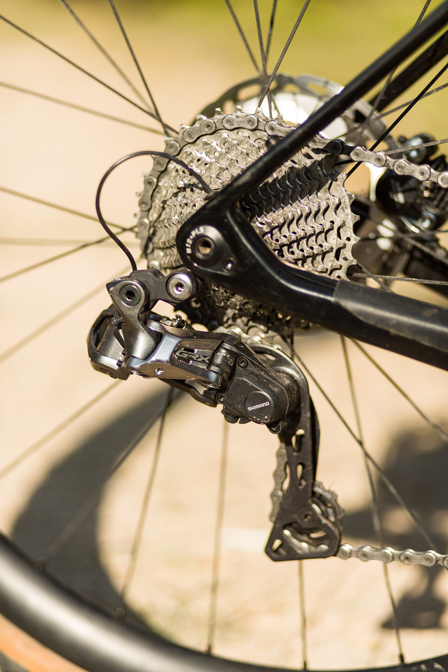
From one day to multi-day
Nowadays, talking about gravel bikes means talking about bikepacking. The good thing about gravel bikes is that they usually come with loads of eyelets to make sure you can attach extra bottle cages, fenders, racks and bags.
Think of the gravel bike as the Swiss army knife of cycling: It can be your road bike, your mountain bike, your commuter, and your touring rig. It uncovers a new world reaching from your backyard to the steppes of Central Asia and the misty peaks of the Andes (these are some of the places I have taken my gravel bike).
Now that you know this, you’re probably wondering why you waited so long to go for your first gravel bike. Let’s be honest, it’s probably because of the flannel shirts. The good news is that none of that is mandatory. Not the cargo shorts nor the craft beers. Just dress for comfort, ride where no cars go, and enjoy close of day with your favorite drink.
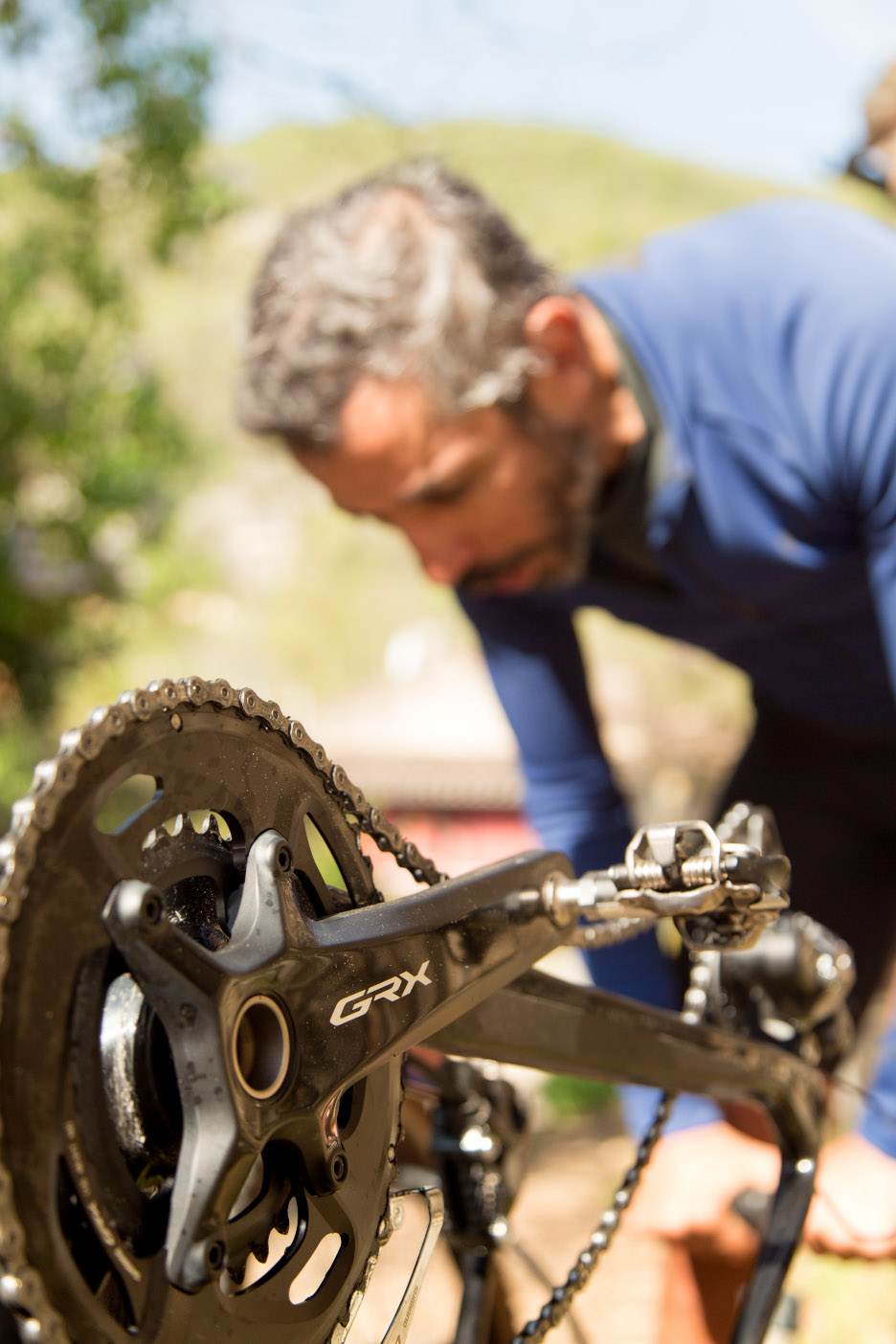
About Sofiane
Paris-based Sofiane Sehili is one of the world’s best ultra-distance gravel riders, recounting his adventures and bike setups on his YouTube channel.





